The PDF format is recommended because of its universal compatibility, security features, and other advanced attributes. However, you get to convert other document formats into PDFs using different methods. Now, the struggle between the Save as PDF vs. Print to PDF vs. Export to PDF methods is real. This article will explore the functionality of these methods and highlight their key aspects.
Also, if you stay tuned till the end, you will get a powerful and advanced tool called UPDF to perform these actions without effort. Moreover, for a comprehensive understanding, you can consider downloading the UPDF toolkit by hitting the "Free Download" button.
Windows • macOS • iOS • Android 100% secure
Part 1: Print to PDF VS Save As PDF VS Export to PDF
Print to PDF, save As PDF, and export to PDF are the three different methods to convert documents or files into the widely used PDF format. These methods can be used for specific purposes and provide different features and options for customization. This section will give you an overview of each method for better understanding.
1. Print to PDF
Print to PDF utilizes the printing functionality of an application or browser to generate a PDF file. It replicates the content as it would appear on a physical page. Also, it provides options to adjust page size and orientation during the conversion process.
In addition, you can also choose from built-in paper sizes, including A4 and A3. This approach allows users to create a PDF file resembling digital paper and captures data from the source program designed to fit a printed page.
2. Save as PDF
Save As PDF refers to directly converting a file to PDF format within the application's "Save As" function. Normally, this method retains the original file's formatting, fonts, and layout while saving it as a PDF. Also, the operation does not perform any additional modifications or customizations. However, you can add or save PDF metadata with this method.
3. Export to PDF
Export to PDF is a mode that is present as a unique feature within software or applications. This feature allows users to create PDFs with customized settings. Moreover, this method offers advanced options to change the document structure and quality before exporting it to a PDF file. Nevertheless, this method doesn't allow adding metadata or changing paper size while conversing.
Part 2: Pros and Cons of Each Method
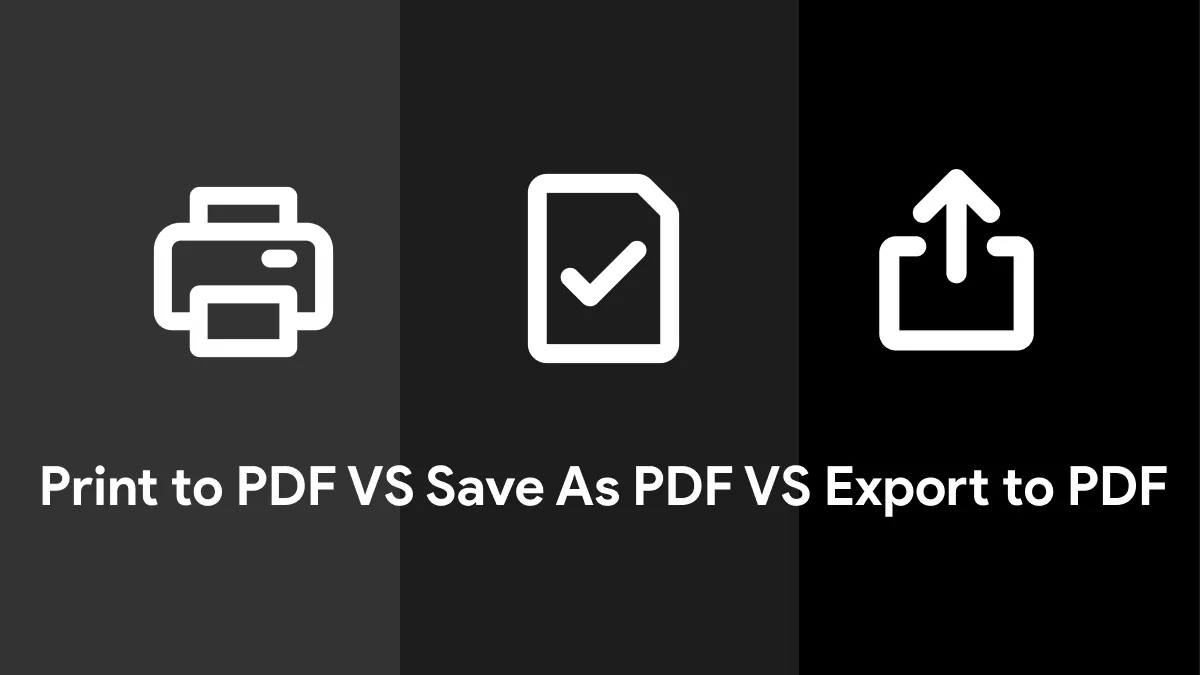
The comparison of characteristics between Print to PDF vs. Save As PDF vs. Export to PDF tells us that they vary slightly depending on your software or application. Each method has unique features and benefits that can be utilized for particular requirements. However, this section will provide general pros and cons for each operation.
Print to PDF
When discussing the print-to-PDF feature, you get several page settings options. However, the advantages and disadvantages of using this method are given below.
Pros:
- You can often adjust print settings before creating the PDF, such as page orientation, paper size, and resolution.
- This method captures the document as it appears on the screen, including formatting, layout, and any visible elements.
Cons:
- The printing option may also save PDFs with extra elements like headers, footers, or page numbers that are part of the print layout.
- Depending on the application, the PDFs generated through printing have larger file sizes than those generated through other methods.
Save As PDF
Save as PDF functionality is present in almost every document viewing or editing application. Some of its pros and cons are presented in this part.
Pros:
- Saving as PDF often retains the original document structure, including bookmarks, hyperlinks, and interactive elements.
- Using this method, some applications allow detailed control over PDF metadata, such as title, author, and keywords.
Cons:
- The availability and features of Save As PDF depend on the application, and not all software provides this option.
- In some cases, dynamic content or specific interactive elements are not fully captured when using Save As PDF.
Export to PDF
It is a specialized feature only available in the document editing software. The following points will cover the pros and cons of this method.
Pros:
- Exporting to PDF allows you to selectively export specific pages or layers, which provides greater control over the final document.
- Some applications offer advanced export settings, which allow you to maintain high-quality images and graphics in the PDF.
Cons:
- Export settings are more complex, and users need to navigate through various options, which is confusing for beginners.
- Depending on the export settings, there is a risk of losing some formatting or interactive elements in the process.
After getting the know-how of all the pros and cons, let's compare save as PDF vs. print to PDF vs. export to PDF side-by-side. This comparison table will give you a better understanding of these methods.
| Aspect | Print to PDF | Save As PDF | Export to PDF |
| Universal Compatibility | Widely supported across applications | Depending on the application's features | Availability varies |
| Metadata Control | |||
| Document Structure | Captures the document as it appears on the screen. | Preserves original document structure. | Allows selective export of specific elements. |
| Consistency in Output | This may result in larger file sizes. | Provides more consistent output. | Offer advanced compression options. |
| Dynamic Content Capture | It may not capture dynamic or interactive elements | Some elements might not be fully captured. | Depends on settings. |
Part 3: How to Print Your Documents to PDF?
UPDF is a multipurpose tool that can edit, annotate, and convert PDFs based on your requirements. This AI-powered tool provides multiple features, including reading and organizing the PDF document effortlessly. An easy-to-use tool that is available across all major platforms, including Mac, Windows, iOS, and Android devices. In addition, you can print any PDF document in a few steps with the help of a UPDF PDF printer.
It offers the option to select the page size, such as A3, A4, and A5, according to your preferences before printing it. Also, the user can print the PDF document in different orientations as the tool provides landscape and portrait options.
You can even print multiple pages simultaneously by using the custom pages range option of this tool. Download the UPDF in your system to get the print of the file in your desired page size. After downloading this robust tool, follow the simplified instructions given below to print your document to PDF:
Windows • macOS • iOS • Android 100% secure
Step 1: Import the Required File to UPDF for Printing as PDF
First of all, you need to upload the required file to create a PDF file using the "Print" feature. For this, click on the "Arrow Down" button on the top right side of the tool's main interface to get the drop-down menu. Afterward, hover over the "Print" option from this drop-down list and choose any file to import as a PDF file automatically.
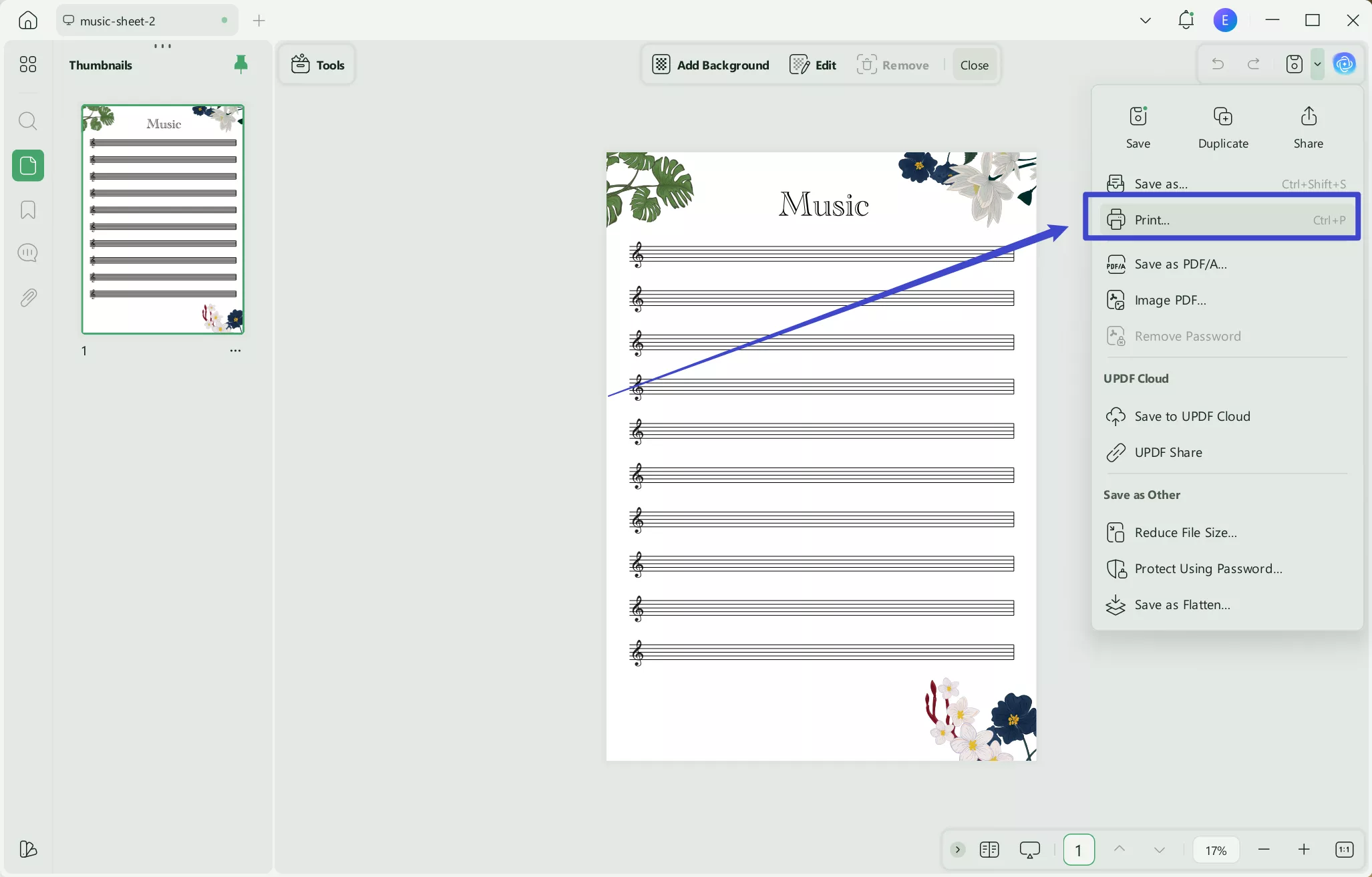
Step 2: Choose the Printing Option to Access the Settings
Now, again, hit the "Arrow Down" tab on the top toolbar of this PDF printing tool and click the "Print" option from its drop-down option. By doing so, a new "Print" settings window will appear in front of you. Then, select the "Microsoft Print to PDF" option from the "Printer" menu offered by UPDF.
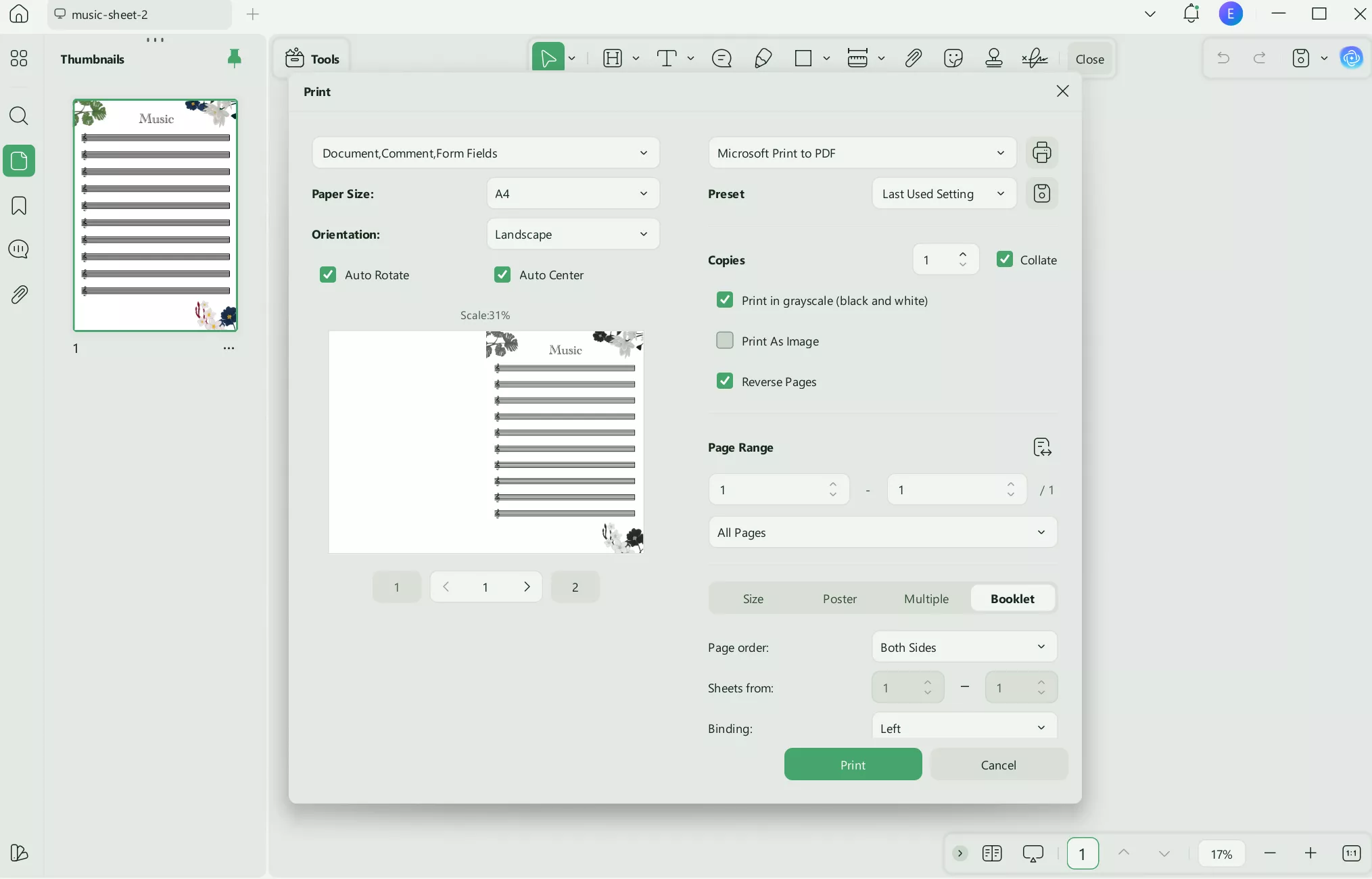
Step 3: Select the Page Size and Orientation to Print
After selecting the print option, choose the page size by hitting the "Page Size" option to get the drop-down list. Now, choose the required page size from the drop-down list, such as A4, and you can select the custom page ranges to print them. Then, choose the orientation by clicking on the "Orientation" option, selecting the required orientation, like portrait, and hitting the "Print" button to complete the process.
Part 4: How to Save as PDF or Export to PDF?
Users can easily save and export any file format in PDF with the help of UPDF. The tool offers the option of creating PDFs from different file formats using this PDF converter. Follow the easy steps that are given below to save any file format, such as PDF.
Step: 1 Import the Required File to UPDF
Start the process by importing the required file into the PDF conversion tool to save it as a PDF. To do so, click on the "Tools" tab on the bottom toolbar of the UPDF to get the drop-down menu. Now, find "CREATE PDF" mode and hover over the "Other" option from this drop-down list to get another list and select the required file format to import it on the UPDF interface.
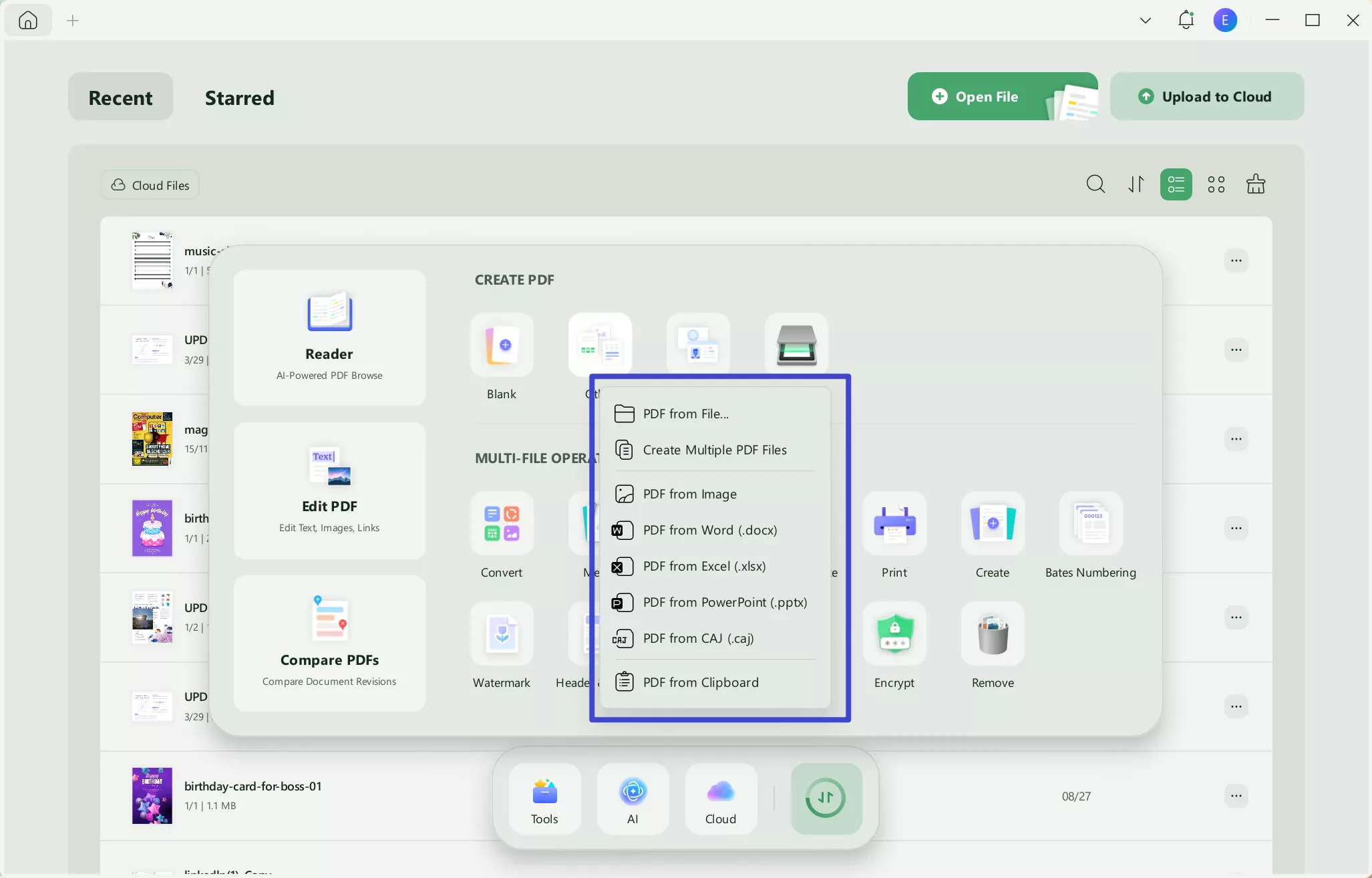
Step 2: Save the File as PDF
After importing the file, click on the "Arrow Down" icon on the right side to get access to the side window. Then, choose the "Save As…" option from the list to export or save the file in PDF form.
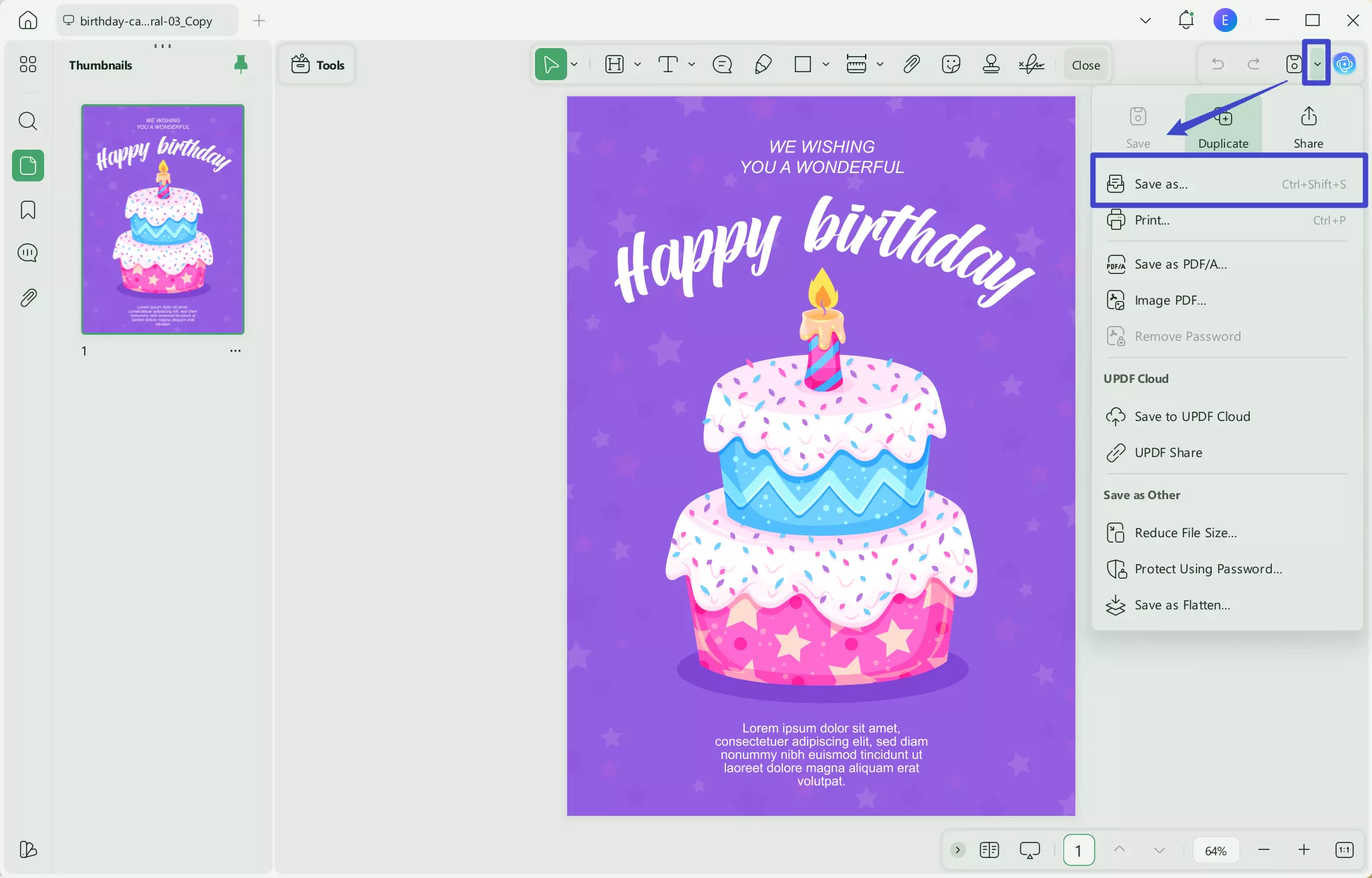
To maximize your productivity, upgrade UPDF to the Pro version for a seamless PDF management experience.
Conclusion
In a nutshell, it's essential to understand the differences between Print to PDF vs. Save as PDF vs. Export to PDF. Each approach has its strengths and limitations, which address specific needs. For a comprehensive solution, you should consider UPDF, which is capable of performing all these functions efficiently. UPDF offers its users an easy-to-use interface and advanced features.
So, don't miss out on this innovative tool and get it downloaded on your devices. Also, you can choose to check the Laptopmedia review to get an in-depth review of this PDF creator.
Windows • macOS • iOS • Android 100% secure
 UPDF
UPDF
 UPDF for Windows
UPDF for Windows UPDF for Mac
UPDF for Mac UPDF for iPhone/iPad
UPDF for iPhone/iPad UPDF for Android
UPDF for Android UPDF AI Online
UPDF AI Online UPDF Sign
UPDF Sign Edit PDF
Edit PDF Annotate PDF
Annotate PDF Create PDF
Create PDF PDF Form
PDF Form Edit links
Edit links Convert PDF
Convert PDF OCR
OCR PDF to Word
PDF to Word PDF to Image
PDF to Image PDF to Excel
PDF to Excel Organize PDF
Organize PDF Merge PDF
Merge PDF Split PDF
Split PDF Crop PDF
Crop PDF Rotate PDF
Rotate PDF Protect PDF
Protect PDF Sign PDF
Sign PDF Redact PDF
Redact PDF Sanitize PDF
Sanitize PDF Remove Security
Remove Security Read PDF
Read PDF UPDF Cloud
UPDF Cloud Compress PDF
Compress PDF Print PDF
Print PDF Batch Process
Batch Process About UPDF AI
About UPDF AI UPDF AI Solutions
UPDF AI Solutions AI User Guide
AI User Guide FAQ about UPDF AI
FAQ about UPDF AI Summarize PDF
Summarize PDF Translate PDF
Translate PDF Chat with PDF
Chat with PDF Chat with AI
Chat with AI Chat with image
Chat with image PDF to Mind Map
PDF to Mind Map Explain PDF
Explain PDF Scholar Research
Scholar Research Paper Search
Paper Search AI Proofreader
AI Proofreader AI Writer
AI Writer AI Homework Helper
AI Homework Helper AI Quiz Generator
AI Quiz Generator AI Math Solver
AI Math Solver PDF to Word
PDF to Word PDF to Excel
PDF to Excel PDF to PowerPoint
PDF to PowerPoint User Guide
User Guide UPDF Tricks
UPDF Tricks FAQs
FAQs UPDF Reviews
UPDF Reviews Download Center
Download Center Blog
Blog Newsroom
Newsroom Tech Spec
Tech Spec Updates
Updates UPDF vs. Adobe Acrobat
UPDF vs. Adobe Acrobat UPDF vs. Foxit
UPDF vs. Foxit UPDF vs. PDF Expert
UPDF vs. PDF Expert



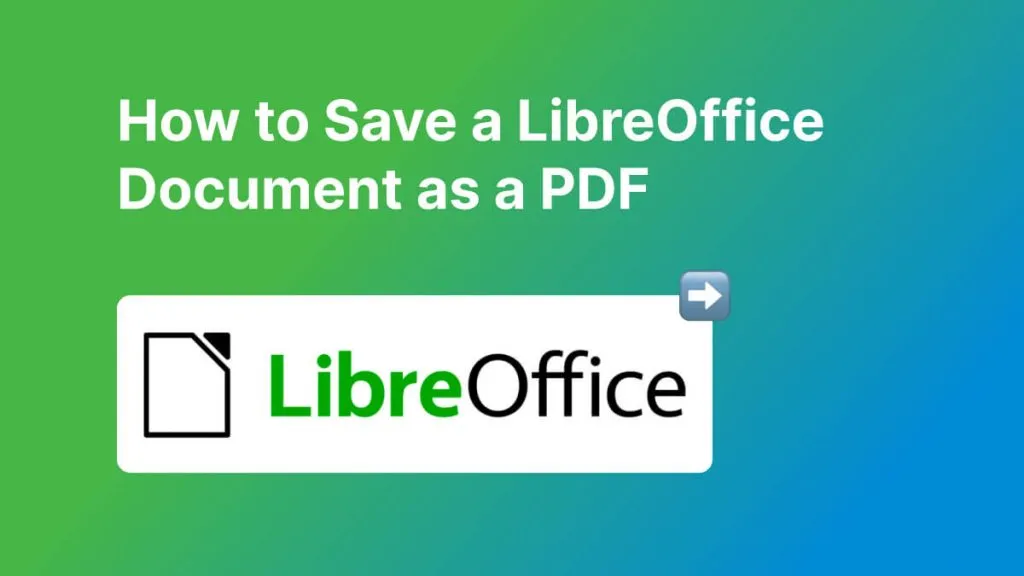
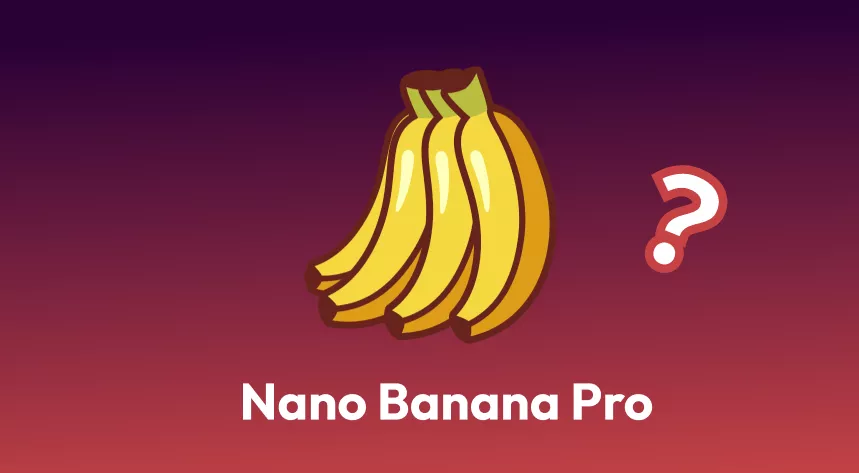
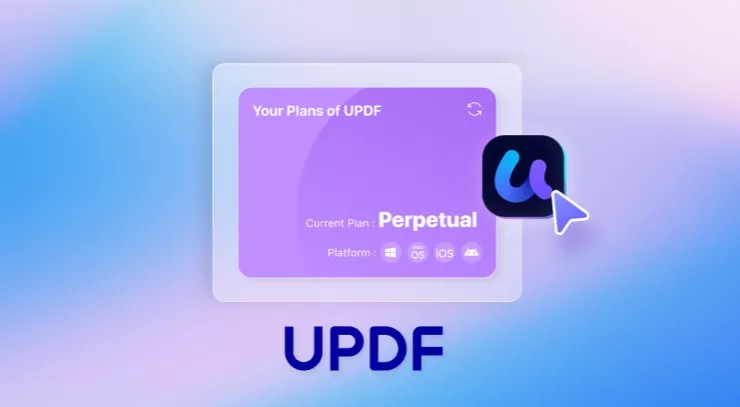
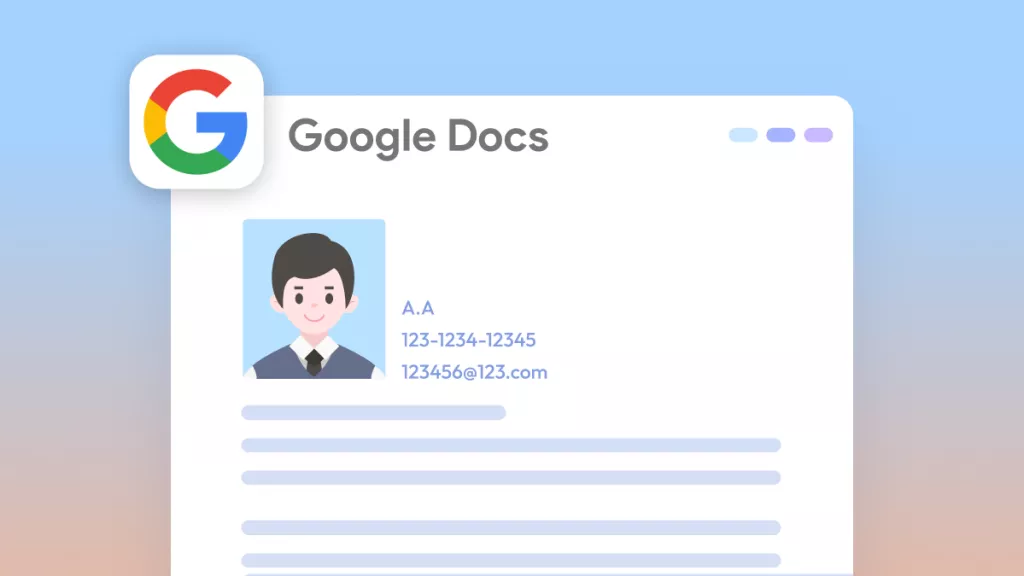

 Engelbert White
Engelbert White 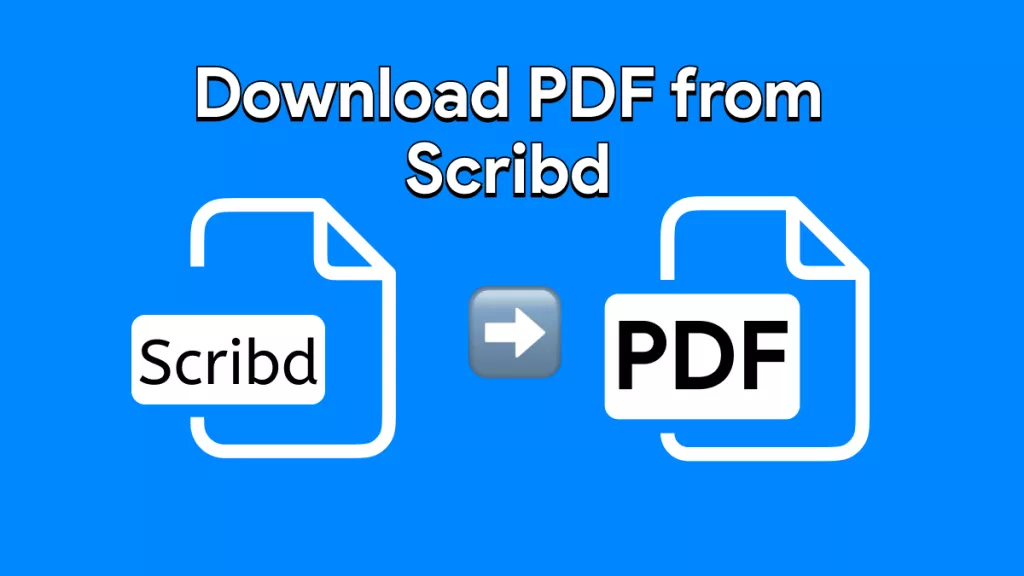
 Enya Moore
Enya Moore 
 Enid Brown
Enid Brown 
 Delia Meyer
Delia Meyer